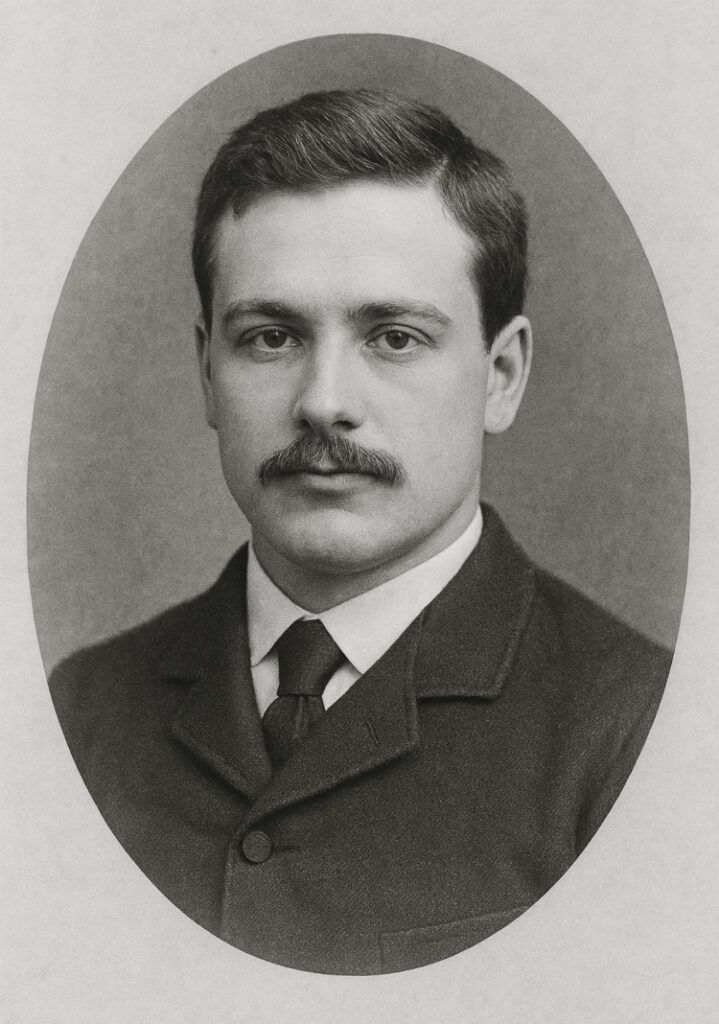Two centuries of craftsmanship: A living timeline
Since its founding in 1786, Champion & Wilton has witnessed revolutions, wars, and the rise and fall of empires — yet through it all, we have remained steadfast in our commitment to the art of saddlery. The timeline of our history reads like a chronicle of excellence, marked by mergers with fellow master craftsmen, innovative patents, and royal recognition.
The 19th century saw our expansion under the Wilton family, including strategic acquisitions like Blackwell’s of Oxford Street and Wilkinson & Kidd. These moves not only preserved the heritage of our competitors but strengthened our own brand, making Champion & Wilton a central name in British equestrian circles.
The 20th century brought both challenges and renewal. Even as the wholesale arm dissolved in 2000, the name endured. In 2014, Champion & Wilton was re-registered, ready to re-emerge into the world with a new generation dedicated to preserving its rich legacy.
The Wilton legacy: The family behind the brand

The name Wilton is inseparable from the story of Champion & Wilton. Henry Staines Wilton, born in 1840 in Essex, was not only a skilled saddler, but a visionary inventor. Through his leadership, the brand flourished — but it was also deeply rooted in family.
He married Amelia Palmer in 1868, whose family shares in the Great Western Railway brought financial strength to the business. Together they raised five children, several of whom joined the company, continuing the family tradition well into the 20th century.
Wilton was also a prolific inventor, holding numerous patents that advanced saddle design, including innovations in side saddles, pommels, girths, and even leather-punching machines.
His son, William Palmer Wilton, inherited both the business and the passion, guiding Champion & Wilton through the Edwardian era. By the time of Henry’s death in 1915, the company was firmly established as the foremost name in British saddlery.
